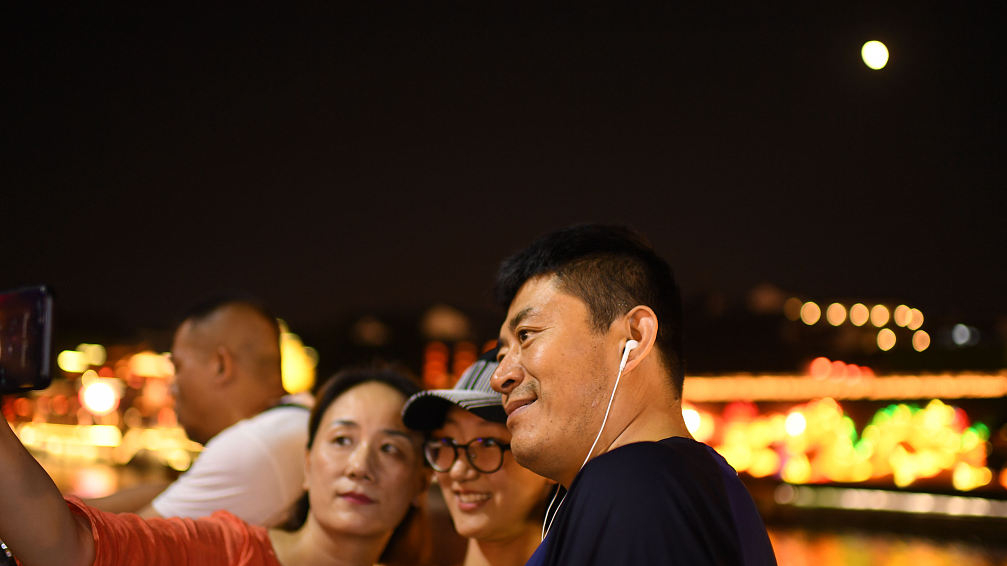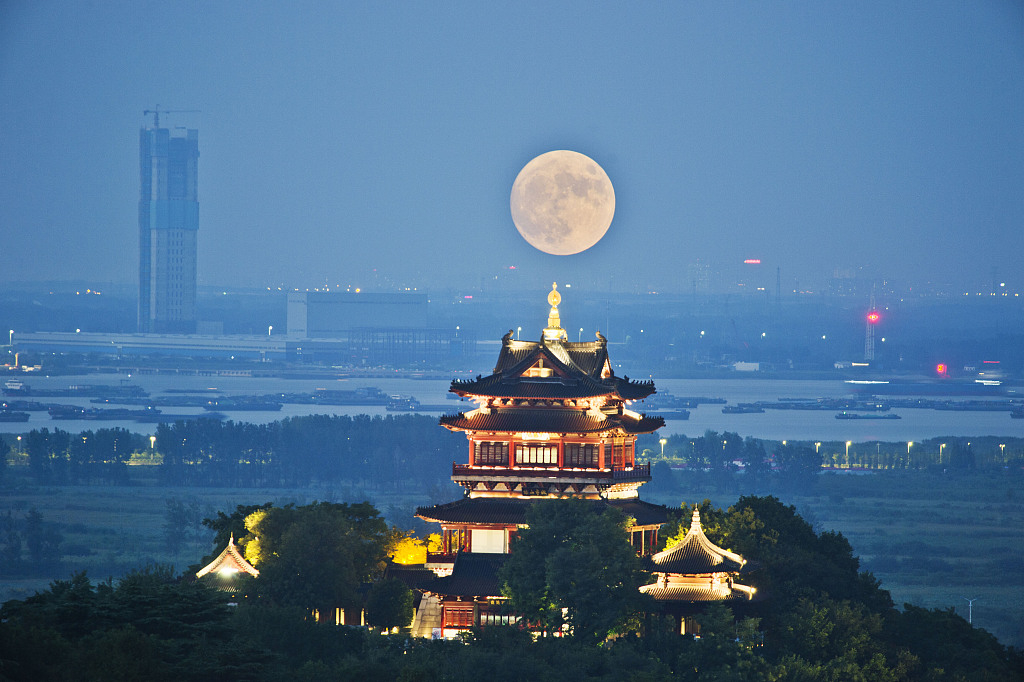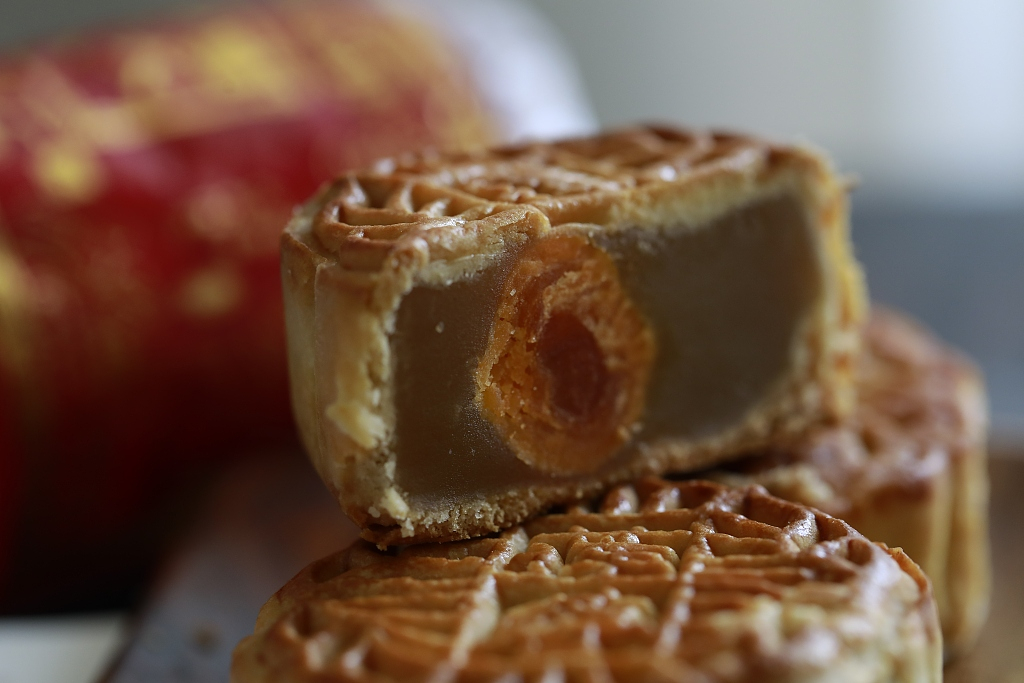

Editor's note: Tracy Chen is an assistant research fellow of the School of International Development at UEA. The article reflects the author's opinions, and not necessarily the views of CGTN.
Last night, Chinese people celebrated the Mid-Autumn Festival. This festival has a strong connection to the full moon because ancient Chinese found that the moon is at its fullest in the middle of every lunar month and at its brightest in the middle of autumn.
Actually, the full moon does not always coincide perfectly with the 15th day of the eighth lunar month. But from generation to generation, Chinese people are told that the moon during the Mid-Autumn Festival is extraordinarily bigger, fuller and brighter. That's why people also call it the Moon Festival.
In ancient China, offering sacrifices to the moon was an important social ritual both for emperors and for normal people. But there were no specific festivals before the Tang Dynasty (618–907 CE). According to researchers, the Mid-Autumn Festival was formed in the Tang Dynasty and gradually, sacrifices were replaced by entertainment events.
In China, the round shape of the moon embodies harmony and reunion. The Mid-Autumn Festival is an important time for Chinese people to gather with their families. Family members will usually enjoy a big dinner at home and after it, they like to have a walk outside to appreciate the spectacular beauty of the full moon.

The full moon in Zhenjiang, Jiangsu Province, Sept. 13, 2019. /VCG Photo
The Mid-Autumn Festival features the beautiful idea that we all share the same moon at the same time. Many famous Chinese ancient poets wrote famous poems using the full moon as a way to express their feelings towards their homes. For thousands of years, the festival and the moon strikes a chord deep for many Chinese, with it being a time to spend with loved ones.
The classic dessert to celebrate the festival is the mooncake, something that's been popular for centuries. A mooncake has the same round shape like full moon, which also implies family reunions. This is only eaten during the festival. Traditionally, the mooncake is cut into pieces that equal the number of people in the family.
Nowadays, mooncakes are an integral part of Mid-Autumn Festival. Different regions of China have their own preferences for stuffing. In recent years, there will always be a nationwide debate on social media on the most popular mooncake flavors. This year, according to a sales data, mooncakes with salted egg yolk and lotus seed paste topped the list.

Mooncakes with salted egg yolk and lotus seed paste. /VCG Photo
In China, there are many other traditions and celebrations apart from appreciating the moon and eating mooncakes. Watching the tides at the Qiantang River is the most distinctive folk activity of the Mid-Autumn Festival in Zhejiang Province. In Hunan Province, Hubei Province and in the areas in the South of the Yangze River, people will make colorful lanterns in different shapes. Lanterns that resemble plants, flowers or animals will be hung on the eaves or on the trees. Families drink osmanthus wine and eat mooncakes under these beautiful lanterns.
Chinese culture values ethics. The Mid-Autumn Festival, like Chinese New Year and Dragon Boat Festival, is stemmed from the rhythms of nature and is integrated with the essence of Chinese social ethics. Chinese people attach great importance to family. The custom of family reunions is the cultural accumulation of their society over the past thousands of years. It is rooted in the deep psychological structure of every Chinese. It is these "old fashioned" Chinese customs and festivals that can slow down the speed of modern life, giving people the time to appreciate the beauty of the changing seasons.
(If you want to contribute and have specific expertise, please contact us at opinions@cgtn.com.)

Copyright © 2018 CGTN. Beijing ICP prepared NO.16065310-3
Copyright © 2018 CGTN. Beijing ICP prepared NO.16065310-3